What does valuing social or environmental outcomes mean?
Valuing social and environmental outcomes refers to an activity that intends to understand the value an intervention brings to stakeholders. This means moving beyond measuring outputs (like how many people engaged with the intervention) and measuring the breadth of an outcome (i.e., how many people are experiencing a change after engaging with the intervention). Valuation means better understanding the depth and quality of the change you are generating to stakeholders.
Understanding the value of your products or service to those directly or indirectly affected by them yields many insights for design, marketing and communication purposes.
The 3 benefits of valuing social and environmental outcomes
- Allocate resources to what truly matters: Insights gained from valuation help you make operational, tactical and strategic decisions. These decisions then allow you to see what products and services should be scaled, changed, or removed. If a certain feature of your intervention has a lower value to stakeholders than another, you should rethink its importance. At the end of the day, valuation should help you put more time and energy into what matters most to your stakeholders.
- Create stronger ties with your stakeholders: By asking stakeholders for their opinions, you express care and empathy for them. Furthermore, by acting on these insights, you are showing them that their experience is important to you. This helps to create brand affinity and potentially brand loyalty. As well as generating support further down the road (i.e., to run pilots or find ambassadors).
- Improve your communication by segmenting better: Valuing social and environmental outcomes helps you better segment your audience by identifying differences in the value of your intervention for distinct audience groups. If you discover that certain people value outcome A over B while another group values B over A, you will likely be in the presence of two distinct segments with different wants and needs. Your service, interaction, and communication with these two segments can then be tailored to improve their experience.
Is monetising a must?
Remember that we aim to value social or environmental outcomes in a way that helps us better communicate with others to inform better decisions. Outcomes expressed in monetary terms have proven to effectively communicate value to others and nudge better decisions. Think about it: it is easier to see the difference in value between €100 and €1,000,000. Than seeing a difference between a score of 60 and 80 on a scale of 100.
So monetisation is not about putting a price tag on critical societal outcomes. Rather expressing them in a way that helps better appreciate their significance, compare them and take better decisions.
Approaches to valuing social and environmental outcomes
- A cost-based approach takes into account the monetary saving a stakeholder incurs as a result of experiencing a change. For instance, how many antidepressants were avoided thanks to an activity that increased people’s well-being at work or at home? The value of the antidepressants that were not consumed can serve as a proxy for how valuable the outcome of the activity is.
- Revealed preferences look for ways to approximate the value by looking at side effects, for when directly asking the stakeholders proves to be difficult. For example, consider an organisation that focuses on installing good insulation in houses located in vulnerable communities. A cost-based approach could look into how much households save on their energy bills. A revealed preference approach could look at the difference between the market price of an insulated home versus an identical uninsulated home. The likely increase in the insulated home value can serve as a proxy point to estimate the value of the intervention.
- Stated preferences – This is when stakeholders are asked to benchmark the value of the social or environmental outcomes. Comparing to tangible things that can be valued or monetised. For instance, by questioning the stakeholder what they value most between (1) the stress level reduction resulting from having participated in a program versus (2) spending a week at a five-star hotel in a location of their choice. This approach could be repeated using other alternatives until one wins over the social effect. This approach gives you a good proxy for how valuable the outcome is to your stakeholders.
Want to discover how to apply valuation in your own work?
If you are interested in learning more about valuing social and environmental outcomes and impact measurement, check out Efiko Academy’s Impact Measurement training course today.
These courses might interest you

Impact Measurement: Applying the Principles of Social Value and SROI


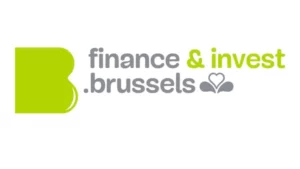
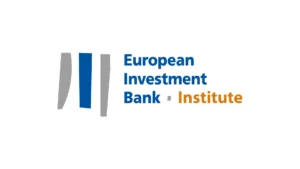
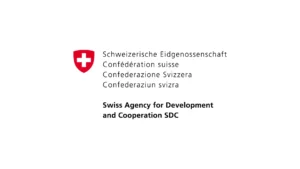
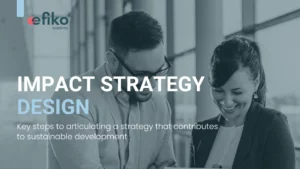
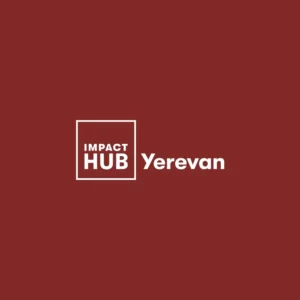


Interesting read. Like the way examples are used to explain about the valuation.